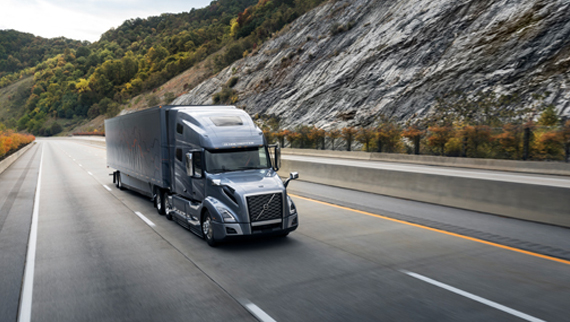
Downspeeding has been known as a solution for fuel economy and engine wear prevention, but the technology is gaining attention as it relates to braking safety and service life. Truck downspeeding involves high torque and lower RPMs and is usually handled automatically via truck drivetrain systems. In a nutshell, downspeeding technology consumes less fuel because faster axle ratios can still deliver sufficient power while turning the engine at a slower speed.
This results in stable power, lower fuel consumption and less wear and tear on engine components. Modern trucks have incorporated downspeeding technology for both long-haul and linehaul service. In addition, today’s intelligent systems can change engine speeds on the fly to take advantage of every bit of power downspeeding to offer.
Can Downspeeding Affect Braking Safety & Efficiency?
The American Trucking Associations’ Technology & Maintenance Council (TMC) is the organization to look to for updates and studies on trucking equipment safety and efficiency. When problems pop up in the trucking industry surrounding equipment, the TMC often forms a study council to look into the matter. In fact, it did so recently and convened a technical session for the TMC Fall Meeting in Cleveland.
Although it came as a surprise to some in the trucking industry, the Fall Meeting technical session presented the topic of downspeeding and its effect on truck brakes. While it may not seem like truck downspeeding would have any direct impact on brake life and safety, the potential exists for premature brake wear when downspeeding is used consistently. But why?
Retarding Capacity, Higher RPMs and Brake Usage
One of the items that received attention from the TMC is the engine brake. The engine brake has a low retarding capacity when downspeeding is engaged. What happens as a result is that engines begin to rise in RPM. When drivers see RPMs reaching 1,500 and above, the natural inclination is to press on the truck brakes. Over time, this can lead to premature wear. With premature wear may also come safety concerns. Despite the fact that the engine is perfectly safe, its the driver’s experience that causes the brake press, even when this isn’t necessary.
A Matter of Training and Experience
One possible resolution to this problem is to train drivers to overcome their natural inclinations garnered through experience. Drivers learn to feel how engines respond under different loads. When RPMs are low, this is where the torque resides, but when RPMs are high, even when using cruise control, drivers tend to hit the brakes more often. Instead, the use of cruise control should be encouraged, and drivers who use cruise control need to have faith in the system’s ability to handle the management of RPMs without hitting the brakes each time the numbers reach higher levels.


